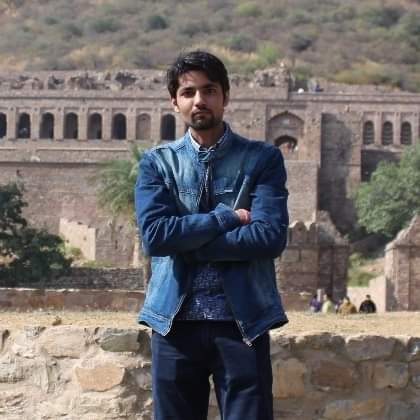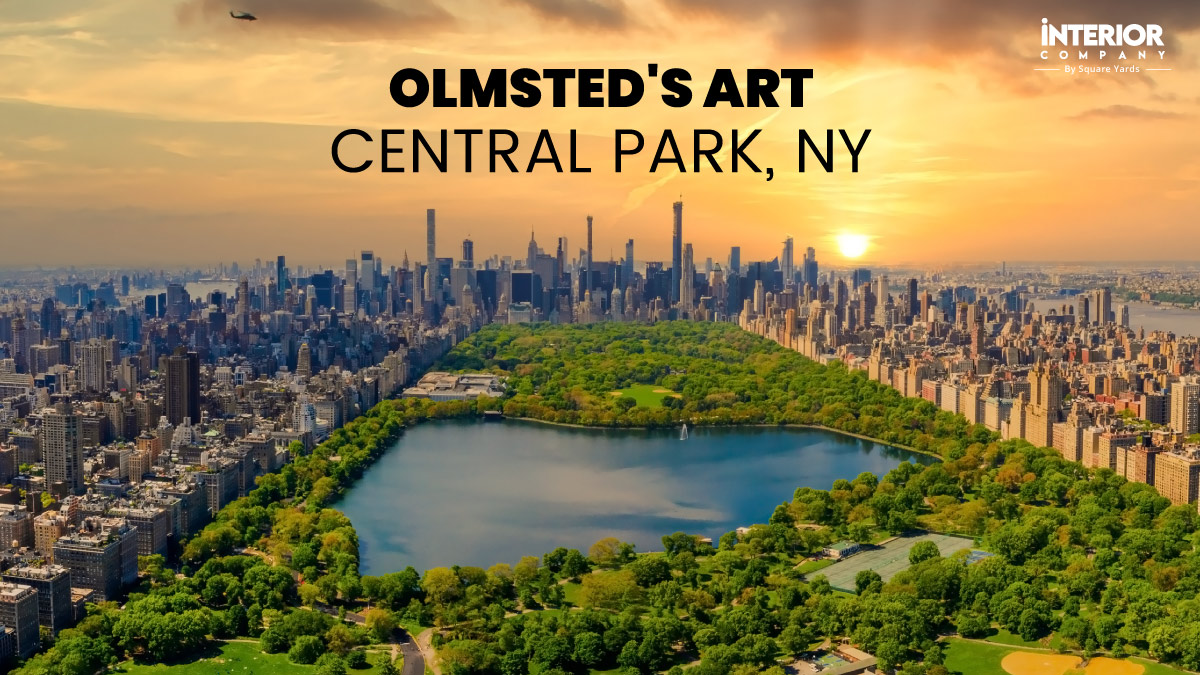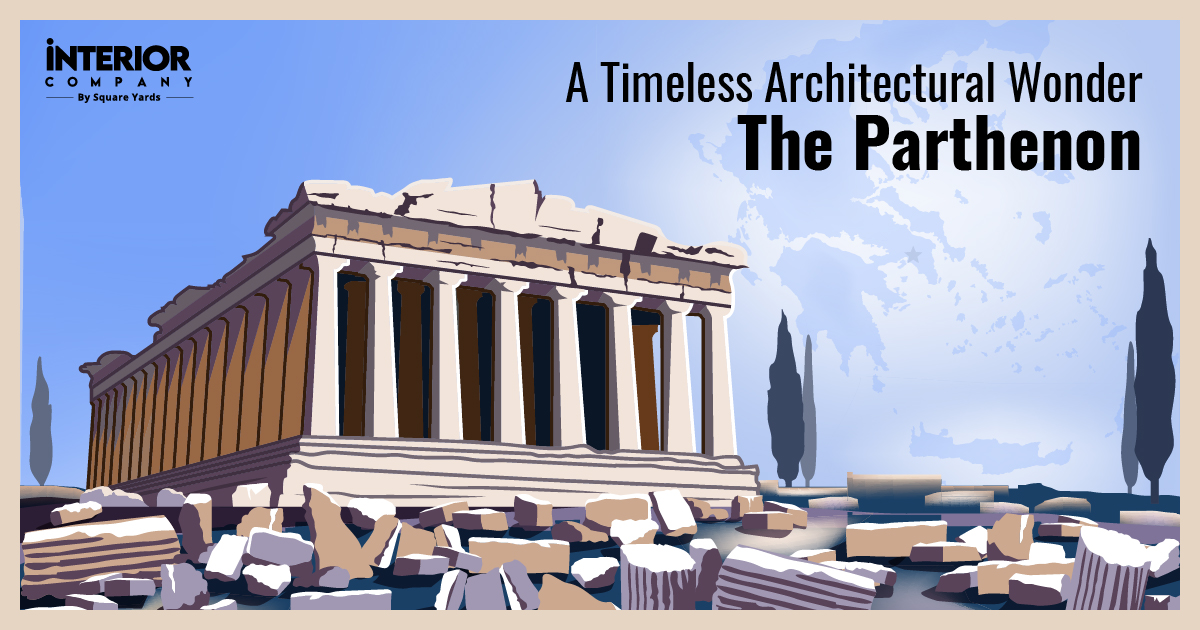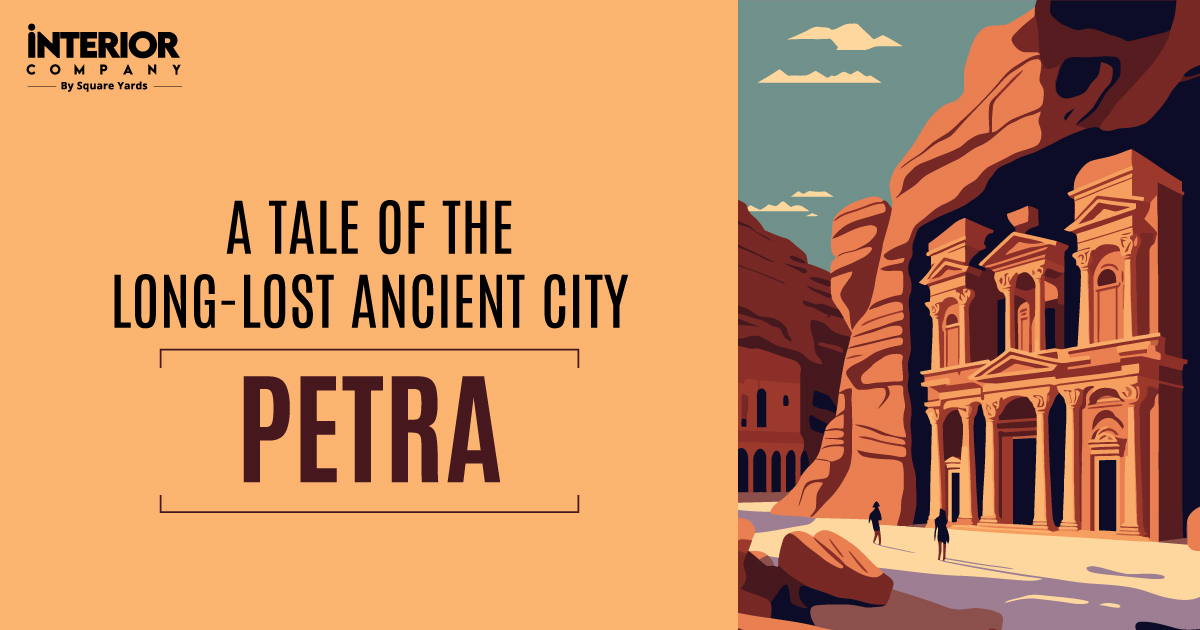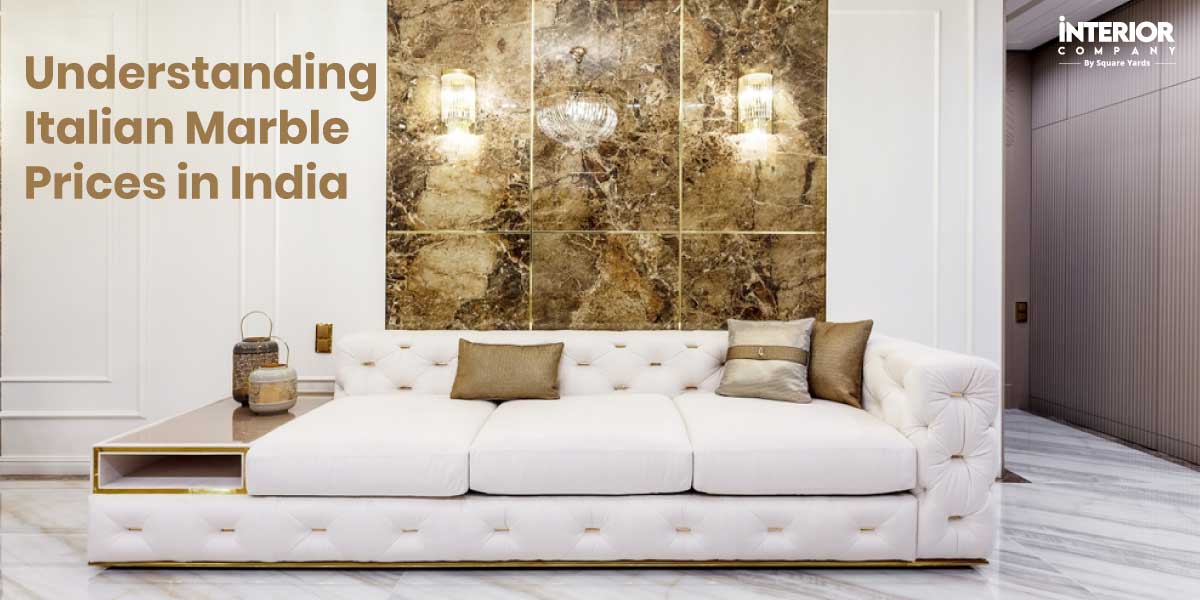- Home
- Trends
- Architecture
- Buildings
- Mahatma Gandhi Setu Architecture
Mahatma Gandhi Setu: The Indian Superstructure
Bridges are more than shiny steel, brawny concrete structures fashioned from cantilevers and rivets. Bridges connect more than two geographical points – taking heavy motorised traffic from one side to another. Instead, they are a way of living heavily integrated into our daily lives.
Table of Content
Every city in India has innumerable bridges. Talking about modern-day Patna, a sprawling metropolis that has transitioned into an ideal mix of urban, futuristic and metropolitan over the years, with the Mahatma Gandhi Setu standing as its testimony.
It connects the southern region of Patna to the north of Hajipur. Standing second to Assam's Bhupen Hazarika Setu or Dhola-Sadiya Bridge, Mahatma Gandhi Setu in Patna is one of the longest bridges in the nation that spans the glory of the mighty Ganges. The Mahatma Gandhi Setu length is 5.75 kilometres.
Here's everything you should know about Mahatma Gandhi Setu!
Mahatma Gandhi Setu Architecture: An Undisputed Engineering Marvel

Earlier, there used to be toll gates on the bridge, but the Government has revoked that now. The bridge offers some of the most spectacular views of the sacred Ganga flowing underneath. Mahatma Gandhi Setu has four lanes of roadways and pathways on either side meant for pedestrians. Before this bridge was constructed, people used to cover the distance between Hajipur and Patna via ferries and boats. Apart from this means of travelling, Rajendra Setu was the only other link connecting the two geographical points.
Also Read: Bandra Worli Sea Link Bridge Mumbai
As per the data, this bridge is used by more than 85,000 vehicles and more than 12,000 pedestrians daily – a heavyweight accomplishment that lets commuters span the distance between the South region of Patna to the North of Hajipur within a matter of few minutes.
The Mahatma Gandhi Setu was constructed using cantilever slabs with box girders and hinge bearings. This technology was quite innovative as per the architectural standards of the 1970s, and thus, Mahatma Gandhi Setu is counted among the best accomplishments of Indian engineering to date.
Mahatma Gandhi Setu: Creating History
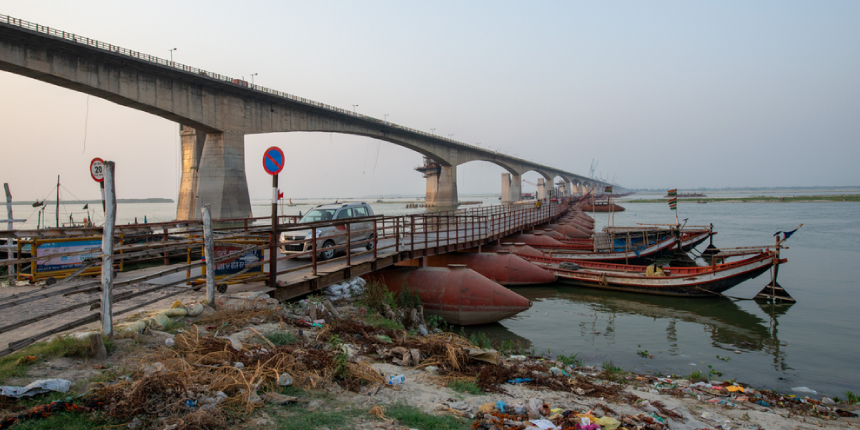
The mighty bridge was commissioned in 1969 by BSRDC, aka Bihar State Road Development Corporation. The approval for the construction of this bridge came in 1969 and was assigned to Gammon India Limited, India's most prominent civil engineering company at that time. The bridge’s construction began in 1972, and it took almost a decade to complete this fine specimen of engineering with a massive budget of INR 87 crores. Mahatma Gandhi Setu consists of 45-47 piers, every 121 meters in height. Recently, the government replaced an enormous chunk of the bridge under the superstructure replacement project. This was done because lately, the bridge was dilapidated, heavy traffic jams caused congestion, and according to experts, it could even collapse suddenly.
Mahatma Gandhi Setu: Entry Charges, Best Time to Visit and More
There are no specific entry charges that are levied for visiting the bridge. The area was facing a lot of congestion owing to the construction; however, as of now, the construction work under the superstructure replacement project was completed in June 2022. As of now, the area is now free of any congestion. So, you can visit Mahatma Gandhi Setu any time of the year.
Reaching Mahatma Gandhi Setu
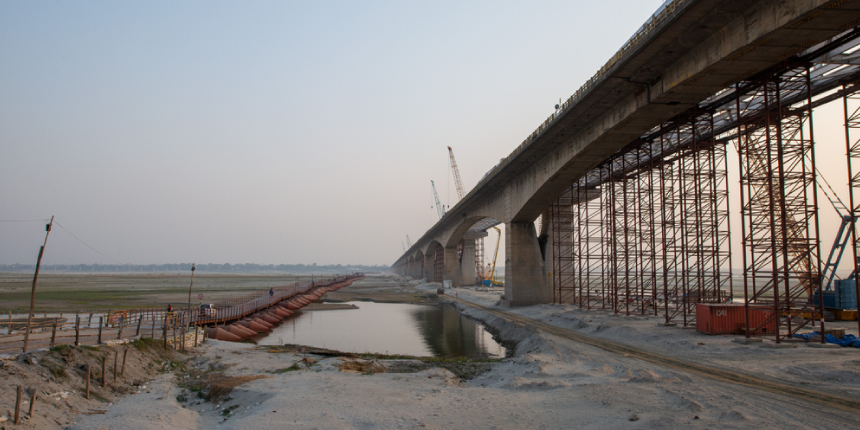
You can reach Mahatma Gandhi Setu from the North or the South districts. Patna is well connected to prominent Indian cities like Lucknow, Kolkata, Kanpur and Allahabad. If travelling by train, you can deboard at the Patna Railway Junction, which is 9-10 km away. You can also opt for an interstate transport bus or cab to visit the bridge.
Also Read: Golden Gate Bridge Architecture Design
Top Places You Can Visit Nearby Mahatma Gandhi Setu
There are several places which are located near Mahatma Gandhi Setu.
Patna Sahib Gurudwara

The Patna Sahib Gurudwara is one of India’s most important historical sites. Considered one of the most sacred pilgrimage sites for the entire Sikh community, it is the birthplace of the tenth Sikh Guru, Guru Gobind Singh. This Gurudwara is made of an elegant marble structure consisting of a giant golden dome surrounded by a lush garden.
Patna Museum
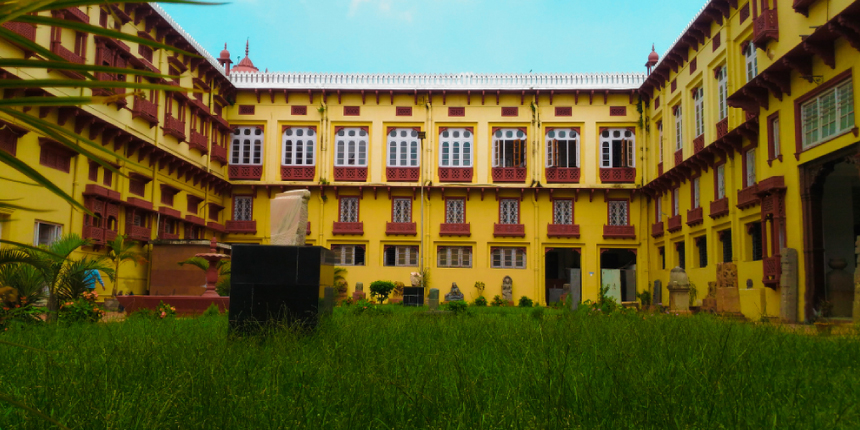
Considered one of the most iconic tourist attractions, the Patna Museum is in the city’s heart. It is a must-visit for anyone looking to explore the incredible history of this region. Founded in 1917, it ranges a multitude of modern artefacts, contemporary Indian art, and artefacts from the ancient Mauryan and Mughal empires.
Sonepur Fair
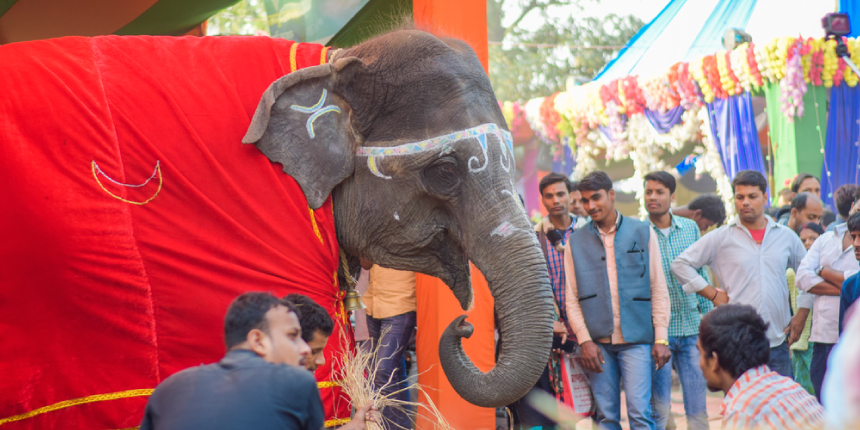
A fair that takes place every year in the Indian state of Bihar, Sonepur Fair is held on the holy confluence of the Ganges and Gandak rivers. The fair goes on for 15 days. It starts on the occasion of Kartik Poornima. At this fair, one can witness an enriching blend of traditional cattle trading, religious festivities, and ceremonies.
Vaishali

Deeply steeped in history, heritage and culture, Vaishali is considered one of the oldest cities in the world. The archaeological excavations done in this district have unearthed artefacts dating back to the 6th century BCE. Furthermore, the great Indian philosopher Mahavira was born on this soil. Fast forwarding to today, Vasihali is bustling with commercial activities and is hinting at its presence on the map of the Indian economy.
Batukeshwar Nath Temple
This is an ancient Indian temple situated in Patna and is considered one of the most sacred places of worship on the entire Indian subcontinent. This temple is dedicated to Lord Shiva and is famously known for its legendary architecture, including complex carvings, gopurams and impressive domes.
Wrapping Up
The Mahatma Gandhi Setu is no less than a lifeline connecting the two sides of the Ganges River in Bihar, India. The superstructure stands as a testament to the power of collective action of the authorities. It is one of those bridges that can be taken as the symbol of hope and progress and one that will continue to bring people together for years to come.
Ready for a home transformation?
Let our designers assist you!
Recent Posts
There are a total of 47 pillars that support Mahatma Gandhi’s Setu.
The Mahatma Gandhi Setu was started in 1972, and its construction was completed in 1982 after a decade.
Gammon India Private Limited constructed Mahatma Gandhi Setu.
The total length of Mahatma Gandhi Setu is 5.75 km.
Related Category
- Bedroom
- Exterior Design
- Kitchen
- Living Room
- Paint and Color

